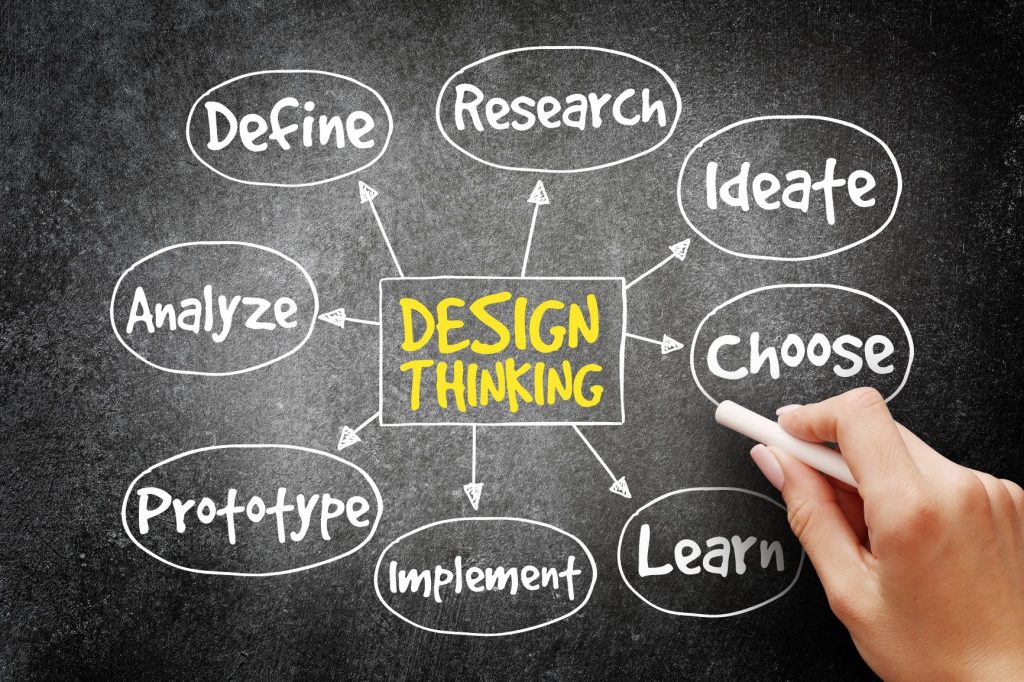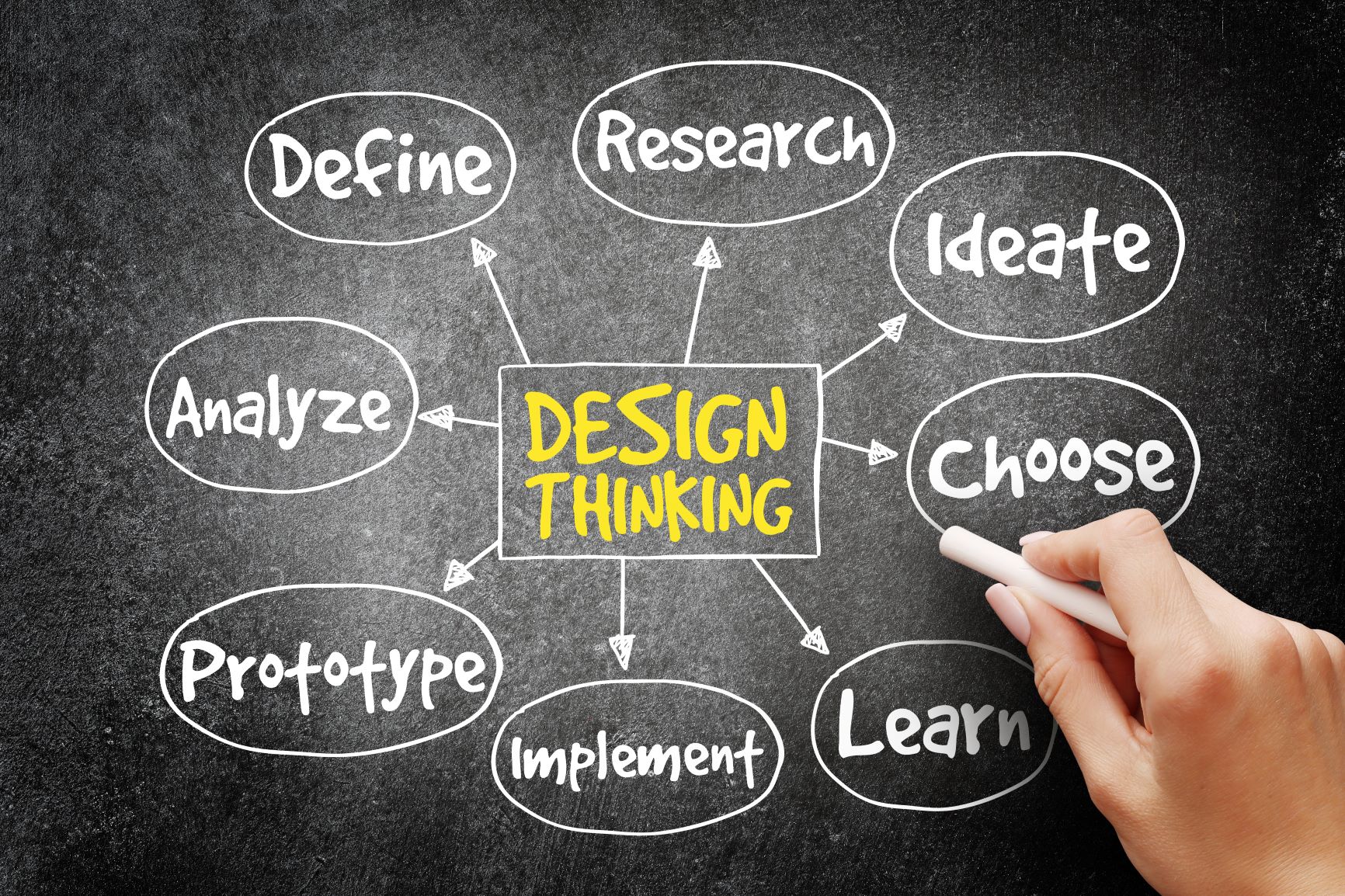
In the dynamic realm of modern business, where competition is fierce and consumer expectations are ever-evolving, design thinking has cemented itself as a critical driver of organizational growth. At its core, design thinking is more than a method; it is a mindset that reorients the entire structure of an organization towards innovation and customer-centricity. By placing a deep emphasis on understanding and empathizing with the end user, companies can navigate the complex puzzle of customer adoption with a renewed focus and clarity.
The essence of design thinking lies in its human-centered approach to innovation. By rigorously analyzing and anticipating the needs, desires, and behaviors of customers, businesses are better equipped to create products and services that resonate on a more personal and functional level. This alignment with the user’s journey involves solving known problems and uncovering latent needs customers may not be aware of. The result is a suite of offerings that feel tailor-made, significantly boosting the likelihood of customer adoption.
Moreover, the iterative nature of design thinking enables a culture of continuous improvement. Organizations become adept at rapid prototyping, allowing them to test concepts quickly and refine them based on real feedback. This agility ensures that companies do not just keep up with market trends but often stay ahead, predicting shifts in consumer behavior and adjusting their strategies accordingly. This proactive stance, as opposed to a reactive one, translates into products and services that capture the market’s imagination and, more importantly, its business.
The competitive advantage granted by design thinking also extends to the internal mechanisms of an organization. Teams that embrace this approach tend to be more collaborative, innovative, and resilient. The diversity of thought and the inclusive environment that design thinking promotes lead to richer idea generation and problem-solving capabilities. These teams do not shy away from challenging assumptions, a trait that is indispensable in a landscape where yesterday’s strategies may not win tomorrow’s customers.

The impact of design thinking is most palpable when examining its influence on organizational growth. Companies that integrate design thinking into their DNA tend to outperform their peers, not just in terms of profitability but also in customer loyalty and brand strength. This performance differential is not coincidental; it is the outcome of a deep-seated commitment to understanding the customer and an unwavering dedication to delivering exceptional value.
In conclusion, design thinking is not merely a toolkit; it is a strategic lens through which organizations can view the entire ecosystem of their market. It empowers them to craft experiences that engage and delight customers, ensuring that their offerings are not just consumed but embraced. For companies thriving in today’s business environment, design thinking is not optional; it is an imperative promising sustained growth and a deeper connection with the lifeblood of any business—the customer.
